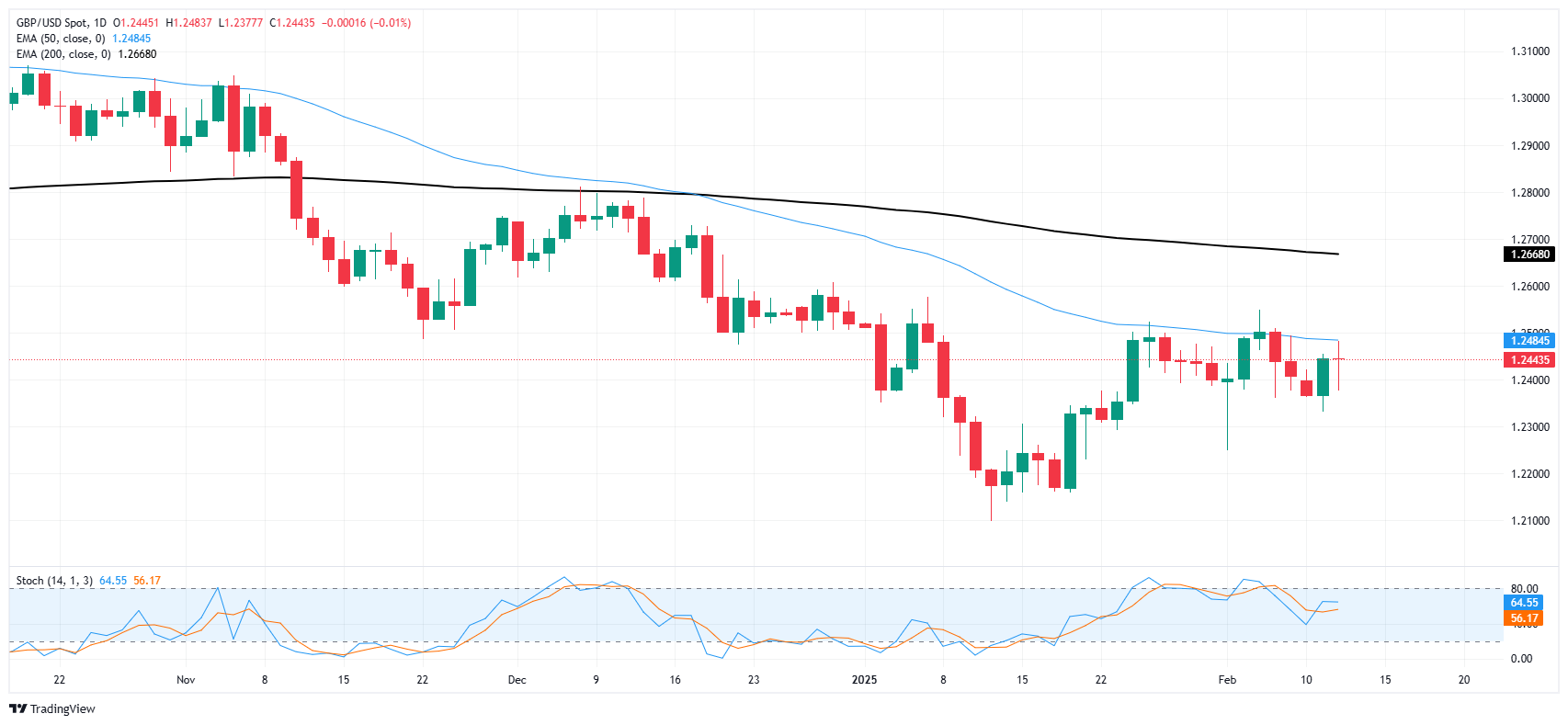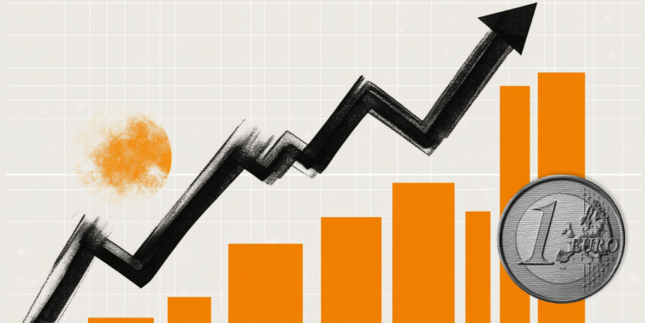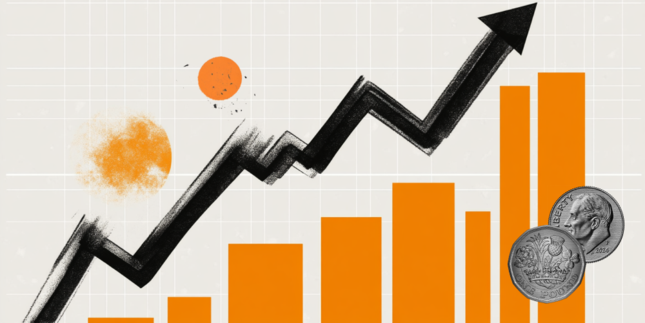GBP/USD churns ahead of UK GDP growth check
- GBP/USD tested the low side on Wednesday, but remains steady near 1.2450.
- Cable markets are coiling ahead of the next round of UK GDP growth figures.
- US PPI inflation also in the barrel for Thursday after CPI inflation ticked higher.
GBP/USD is coiled around 1.2450, churning the charts near middling technical ground as Pound Sterling traders await the UK’s latest Gross Domestic Product (GDP) growth figures. US Consumer Price Index (CPI) inflation accelerated in January, and markets will be watching Thursday’s US Producer Price Index (PPI) for signs of further inflation factors to be passed onto consumers.
Preliminary UK GDP for 2024’s fourth quarter is due on Thursday. Median market forecasts are expecting an uptick in annualized growth figures, with annualized Q4 GDP expected to clock in at 1.1% versus the previous 0.9%. Outside of the overall improvement, the fourth quarter is expected to lag, forecast to come in at a -0.1% contraction QoQ versus the previous flat print of 0.0%.
Forex Today: Further US inflation gauges should rule the sentiment
On the US side, PPI inflation will face renewed scrutiny on Thursday. US CPI accelerated in January, with headline CPI inflation rising to 3.0% YoY versus the expected hold at 2.9%. The near end of the tail bore the brunt of the increase, with MoM CPI coming in at 0.5%. Markets expected MoM headline CPI to come in at 0.3% versus the last print of 0.4%.
Core US PPI inflation will be the heavy-hitter on Thursday. Median market forecasts expect the print to slightly decline to 3.3% YoY from 3.5%. However, Wednesday’s inflation uptick has investors on edge that US inflation is entrenching itself deeper in the US domestic economy.
GBP/USD price forecast
GBP/USD ran out of bullish gas on Wednesday, keeping bids strung along the midrange of a recent consolidation phase. Cable continues to churn just south of the 50-day Exponential Moving Average (EMA) near 1.2500, keeping price action under wraps as technical traders await signs of meaningful momentum in either direction.
GBP/USD daily chart
Pound Sterling FAQs
The Pound Sterling (GBP) is the oldest currency in the world (886 AD) and the official currency of the United Kingdom. It is the fourth most traded unit for foreign exchange (FX) in the world, accounting for 12% of all transactions, averaging $630 billion a day, according to 2022 data. Its key trading pairs are GBP/USD, also known as ‘Cable’, which accounts for 11% of FX, GBP/JPY, or the ‘Dragon’ as it is known by traders (3%), and EUR/GBP (2%). The Pound Sterling is issued by the Bank of England (BoE).
The single most important factor influencing the value of the Pound Sterling is monetary policy decided by the Bank of England. The BoE bases its decisions on whether it has achieved its primary goal of “price stability” – a steady inflation rate of around 2%. Its primary tool for achieving this is the adjustment of interest rates. When inflation is too high, the BoE will try to rein it in by raising interest rates, making it more expensive for people and businesses to access credit. This is generally positive for GBP, as higher interest rates make the UK a more attractive place for global investors to park their money. When inflation falls too low it is a sign economic growth is slowing. In this scenario, the BoE will consider lowering interest rates to cheapen credit so businesses will borrow more to invest in growth-generating projects.
Data releases gauge the health of the economy and can impact the value of the Pound Sterling. Indicators such as GDP, Manufacturing and Services PMIs, and employment can all influence the direction of the GBP. A strong economy is good for Sterling. Not only does it attract more foreign investment but it may encourage the BoE to put up interest rates, which will directly strengthen GBP. Otherwise, if economic data is weak, the Pound Sterling is likely to fall.
Another significant data release for the Pound Sterling is the Trade Balance. This indicator measures the difference between what a country earns from its exports and what it spends on imports over a given period. If a country produces highly sought-after exports, its currency will benefit purely from the extra demand created from foreign buyers seeking to purchase these goods. Therefore, a positive net Trade Balance strengthens a currency and vice versa for a negative balance.
Forex News
Keep up with the financial markets, know what's happening and what is affecting the markets with our latest market updates. Analyze market movers, trends and build your trading strategies accordingly.






















